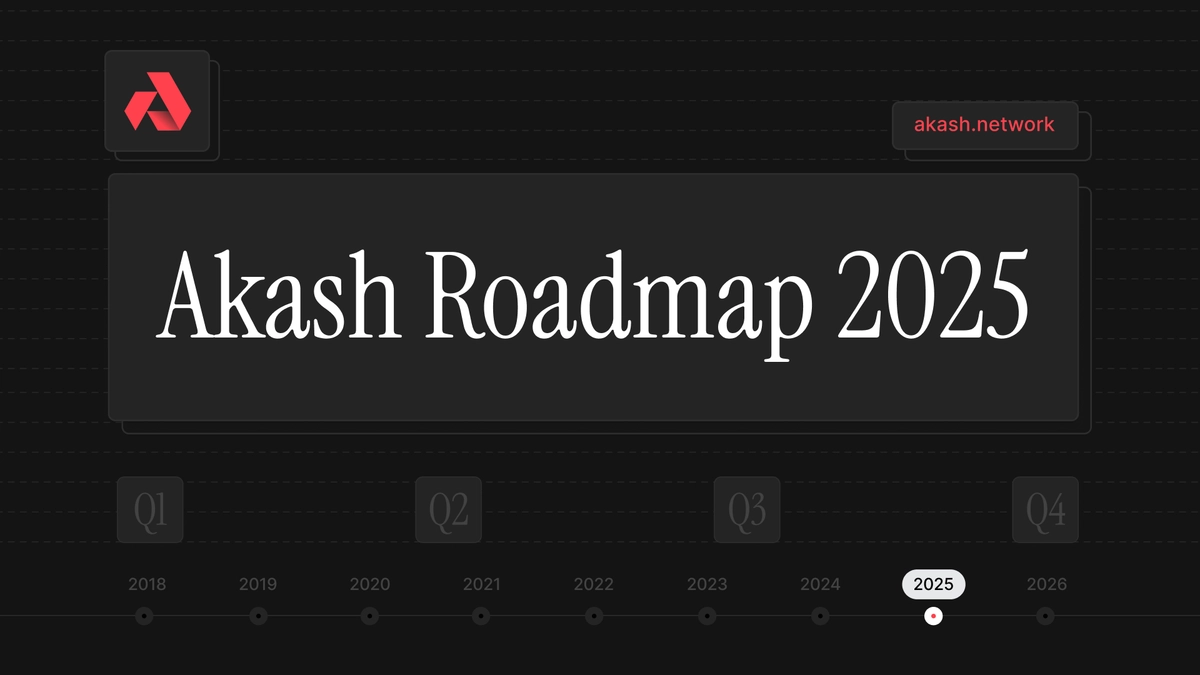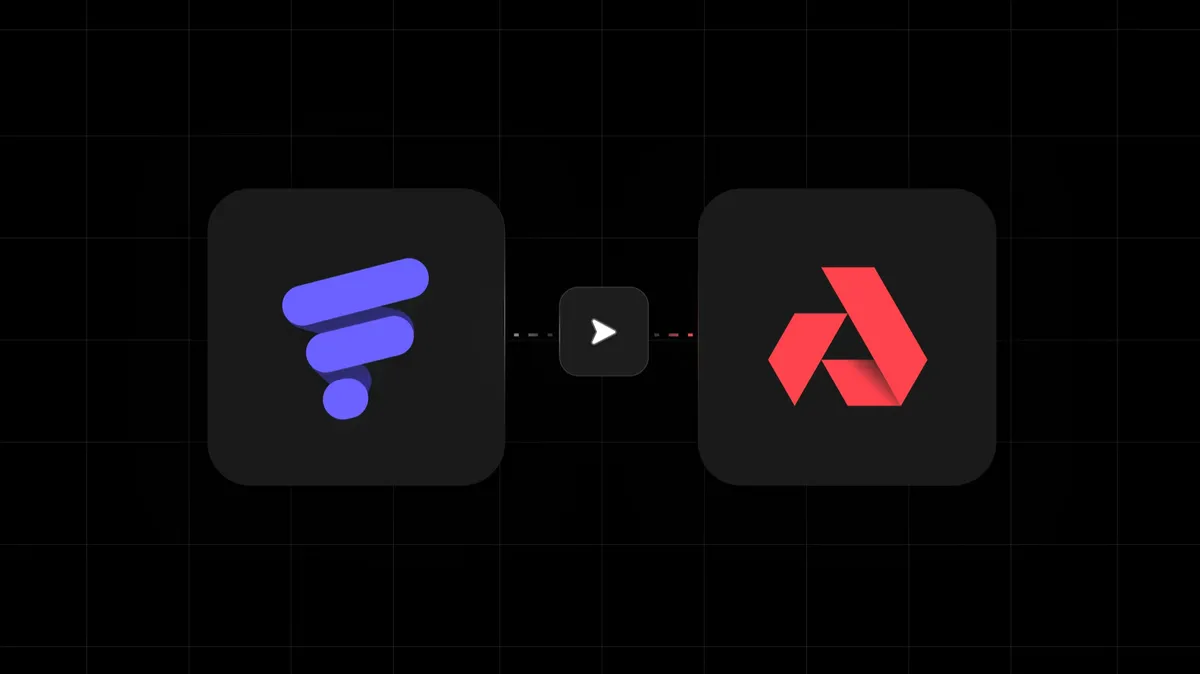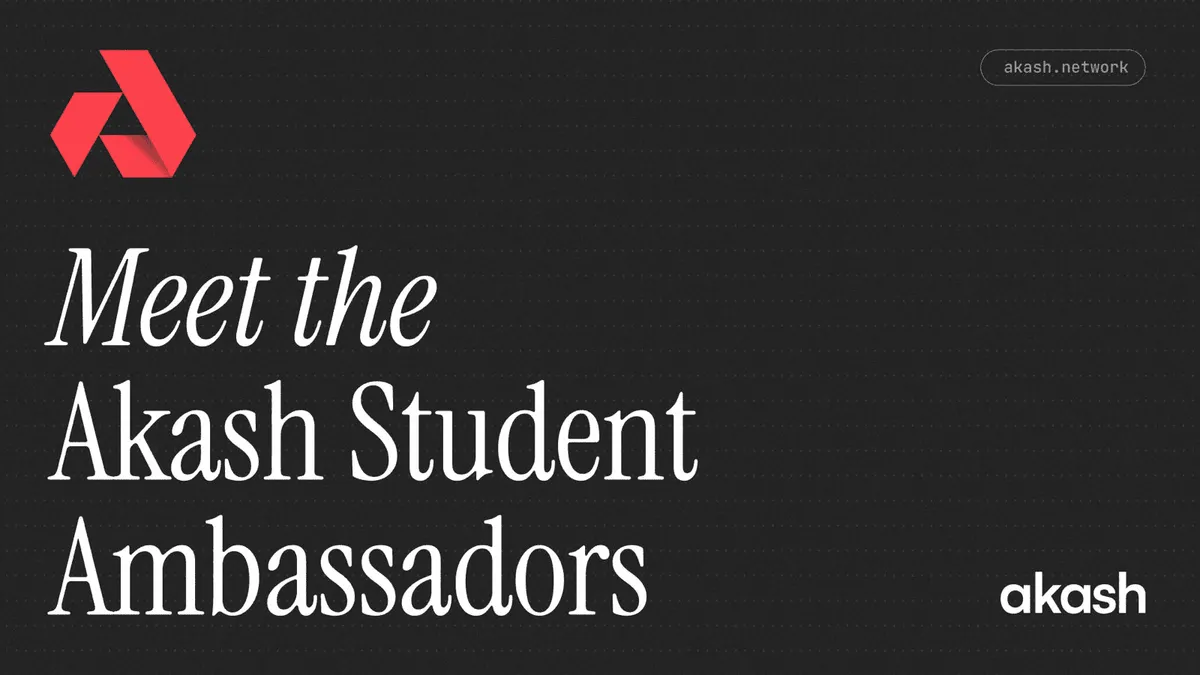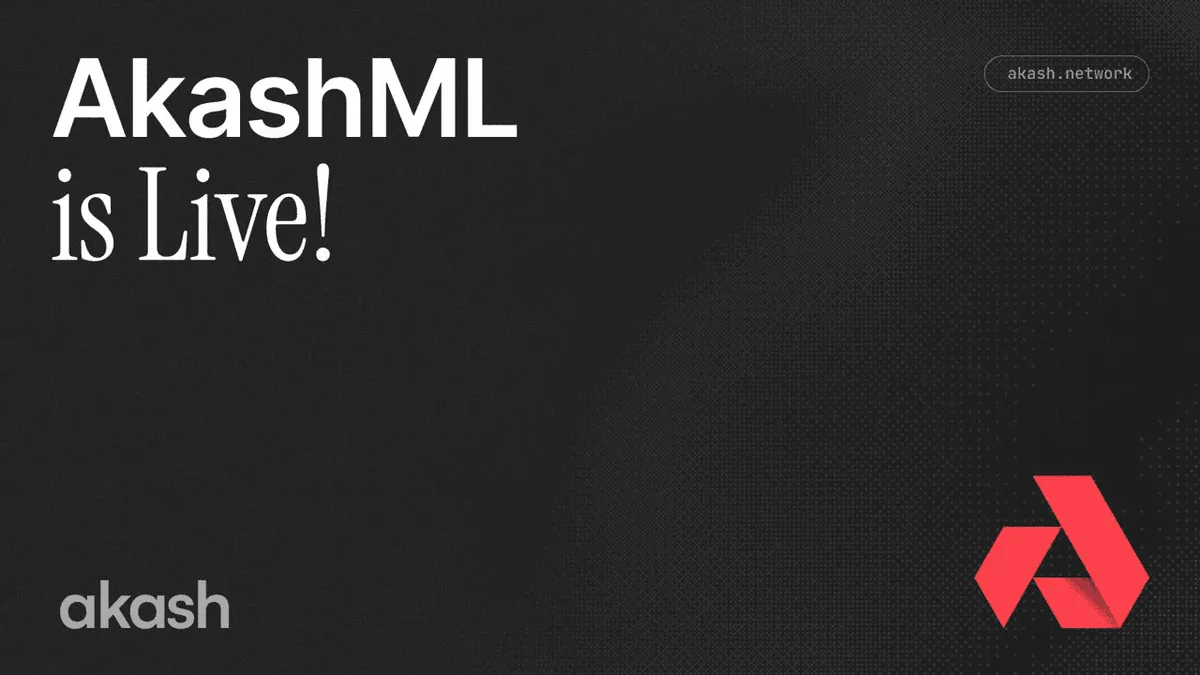
Introducing Akash’s Roadmap for 2025 and Beyond as the Network Expands to Agent-Centric Infrastructure
Cloud computing has become an integral part of modern digital infrastructure, reshaping how organizations, governments, and individuals create, store, and consume information.
Almost every digital service we interact with for profit or pleasure is hosted by one of four hyperscaler companies.
As we naively traded control for comfort, these hyperscalers experienced exponential growth, raking in record profits and amassing immense power, which is to be expected from corporations that act in the self-interest of their shareholders. These companies control who gets access, how much they pay, and what content they can distribute.
Such power leads to oligopolization of the industry, stifling open-source innovators and silencing political dissent. They impose an invisible tax that all of us have to pay without having a say in how it is spent.
Adam and I founded Overclock Labs, the organization that gave birth to Akash, in 2015 when it became obvious that so much power should not be held by the few — cloud computing infrastructure needed to be democratized.
We believe access to computing infrastructure should be a public good.
Inspired by Bitcoin’s decentralization of money, we chose to decentralize the cloud, to ensure the critical fabric of modern digital society is a public utility, like the air we breathe and the water we drink.
We built Akash so humanity retains its right to compute, freedom from censorship, and liberty of free thought.
Building a decentralized network means that we, the developers, have no control over the network once it’s launched. Updating the software once it’s deployed becomes extremely time-consuming as we need consensus from individuals that actually run the nodes, which is not necessarily its builders. Building in the open means being extremely transparent, which leaves little room for mistakes.
We chose not to take shortcuts and to do it the right way from the get-go. We chose to be open-source and decentralized from the start because we believe doing it any other way will create a culture of complacency where companies that launched with closed-source codebases and complete control over their network rarely open-source their code or relinquish control. A community’s culture becomes nearly impossible to change once established, hence it was critical for us to start with an open and permissionless culture.
We launched Akash Mainnet 1 in 2020 to establish a base level foundational security to launch the Platform (Mainnet 2) in March of 2021. This was the first time in history that cloud computing could be accessible with full self custody. In 2022, we introduced several other firsts like high-performance storage and IP discovery. In 2023, we introduced accelerated computing (GPUs) to enable AI use cases, marking another first in history where GPUs can be accessible on a non-custodial cloud. In 2024, we optimized for user experience that resulted in over 10x growth in on-chain revenue. We’re now excited to share the next phase of Akash as we transition from a resource network to a services network, realizing the vision of the supercloud.
As we designed our roadmap, we laid out key priorities:
- Improve client experience to eliminate the need for support.
- Increase adoption by eliminating barriers and adding capabilities.
- Increase AKT demand to strengthen Akash economy.
- Push boundaries of cloud technologies and enhance open source experience.
Some highlights from the roadmap:
Sovereign AI Agents: Akash is the only general-purpose decentralized network that allows AI Agents to operate with sovereignty at scale. With confidentiality coming this year, Akash is well-positioned to be the premier decentralized hosting network for AI agents.
With generative AI, we see AI being helpful in making us smarter. With AI agents, AI will make us much faster. There is little doubt that AI agents are the future of applications.
On-chain Provider Incentives: In 2024, we observed that demand increased fairly linearly as supply increased in the several provider incentive pilots we executed. In 2025, we bring incentives on-chain to unlock network effects-driven supply growth.
Sovereign Services: The Managed Service Market (MSM) strengthens the Akash ecosystem by unlocking a new wave of service providers and strengthens AKT. Services enable creators of software to generate meaningful income while sustaining and improving their work and keeping software open. Today, the value capture is at a massive imbalance where Cloud Service Providers (CSPs) are the biggest benefactors. MSM balances this asymmetry.
Improved Developer Experience: Increasing distribution is a key aspect for gaining adoption and core improvements in developer experience when integrating with Akash, remove friction points for developers to interate Akash into their core offerings
Akash at Home: We believe personal AI will run on home servers for privacy and security. Akash at Home aims to use spare computing power in homes to host AI workloads and bring Akash to home users.
Access Akash’s roadmap at akash.network/roadmap


